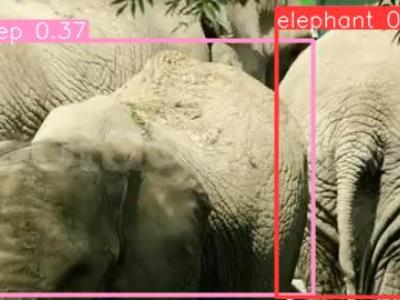Image Processing
*** The paper published on Multimedia Tools and Applications (Springer) - 2024 ***
*** Title: "SPRITZ-PS: Vlaidation of Synthetic Face Images Using A Large Dataset of Printed Docuemnts"***
*** Authors: Ehsan Nowroozi, Yoosef Habibi, and Mauro Conti ***
----------------------------------------------------------------------------------------------------------
- Categories:
 767 Views
767 ViewsDrone based wildfire detection and modeling methods enable high-precision, real-time fire monitoring that is not provided by traditional remote fire monitoring systems, such as satellite imaging. Precise, real-time information enables rapid, effective wildfire intervention and management strategies. Drone systems’ ease of deployment, omnidirectional maneuverability, and robust sensing capabilities make them effective tools for early wildfire detection and evaluation, particularly so in environments that are inconvenient for humans and/or terrestrial vehicles.
- Categories:
 21282 Views
21282 Views
This data contains 80 blood cell images with a resolution of 5472×3648. It is mainly a segmentation dataset of five categories of white blood cells, including lymphocytes, basophils, neutrophils, eosinophils and monocytes.
- Categories:
 57 Views
57 Views
A Chinese character gesture dataset for 8 Chinese characters ( “国”,“图”,“木”,“工”,“口”,“中”,“国”,“人” ) .Datasets were collected in three different environments.
- Categories:
 172 Views
172 Views
We propose a real world data set comprising light field images of 19 objects captured with the Lytro Illum camera in outdoor scenes and their corresponding 3D point clouds, as ground truth, captured with the 3dMD scanner. This data set allows more precise 3D pointcloud level comparison of algorithms for the task of depth estimation or 3D point cloud reconstruction from light field images.
- Categories:
 304 Views
304 Views
This is the experimental photo dataset of the article "An Automatic and Accurate Method for Marking GCPs in UAV Photogrammetry".
- Categories:
 126 Views
126 Views130 videos are available, captured in Patras, Greece, displaying drivers in real cars, moving under nighttime conditions where drowsiness detection is more important.The participating drivers are: 11 males and 10 females with different features (hair color, beard, glasses, etc). The videos are split in 2 categories:
- Categories:
 2110 Views
2110 ViewsEarly detection of retinal diseases is one of the most important means of preventing partial or permanent blindness in patients. One of the major stumbling blocks for manual retinal examination is the lack of a sufficient number of qualified medical personnel per capita to diagnose diseases.
- Categories:
 6193 Views
6193 Views



